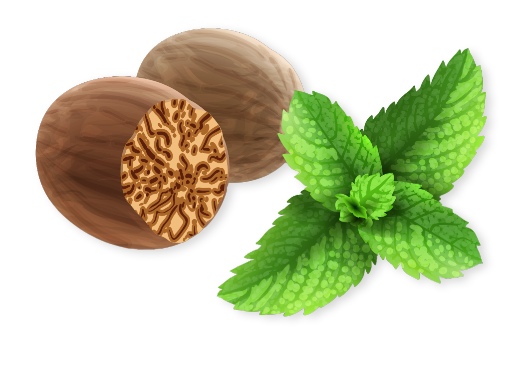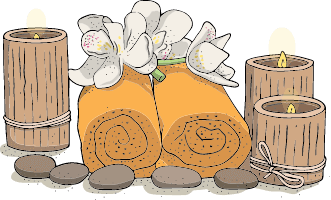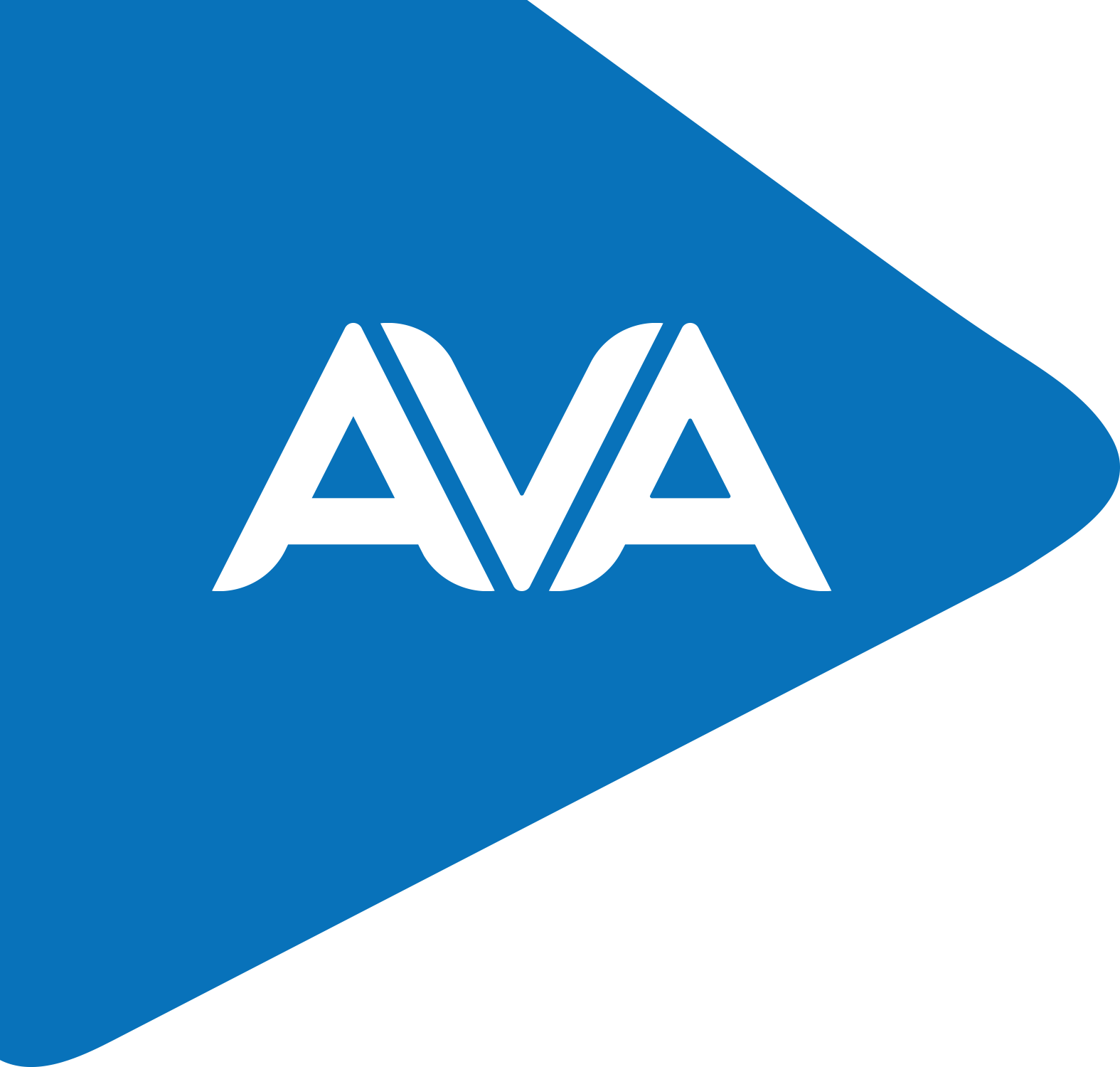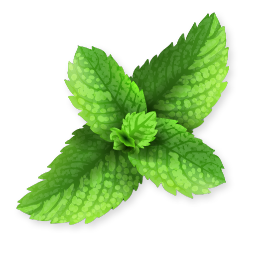- Seek Detoxification: People who want to rid their bodies of pollutants and poisons.
- Experience Chronic Illness: People who suffer from long-term illnesses such autoimmune diseases, respiratory ailments, or digestive problems.
- Manage Stress: People who want to feel less stressed and have more clarity in their minds.
- Face Digestive Issues: People suffering from digestive disorders, as Panchakarma can help restore gut health.
- Want to Improve Wellness: Those interested in enhancing their overall health, vitality, and immune function.
WHAT IS PANCHAKARMA?
Panchakarma is a holistic Ayurvedic detoxification and rejuvenation therapy aimed at cleansing the body of toxins (ama) and restoring balance among the three doshas: Vata, Pitta, and Kapha. The term “Panchakarma” means “five actions,” which refer to the five key therapeutic procedures. This comprehensive approach not only detoxifies the body but also enhances overall health and vitality.
WHO SHOULD OPT FOR PANCHAKARMA THERAPIES?
BENEFITS
- Pain Relief: Can alleviate chronic pain conditions, including arthritis and headaches.
- Skin Health: Enhances skin tone and texture, helping with conditions like acne or eczema.
- Weight Management: Supports healthy weight loss and management through improved metabolism.
- Restoration of Balance: Aids in balancing the three doshas (Vata, Pitta, Kapha), leading to improved physical and mental health.
TREATMENT AT SANJEEVANAM
Sanjeevanam offers Panchakarma therapies in the most authentic manner. Our skilled professionals provide genuine treatments intended to cleanse, revitalize, and bring your body and mind back into harmony. The protocol of Panchakarma treatments at Sanjeevanam is as follows:
- Purva-karma: This involves setting up the body before the main Panchakarma procedure. This involves snehapanam, Abhyangam, Swedanam and a set of dietary regimen to be followed.
- Pradhana-karma: This is where we do the main Panchakarma procedure like Vamana (therapeutic vomiting), Virechana (purgation), Basti (enema), Nasya (nasal therapy), and Raktamokshana (bloodletting).
- Paschathkarma: The post treatment protocols which have to be followed in order to gain the complete benefits of the procedures done, like dietary and lifestyle modifications, and all comes under this.
BOOK APPOINTMENT
























